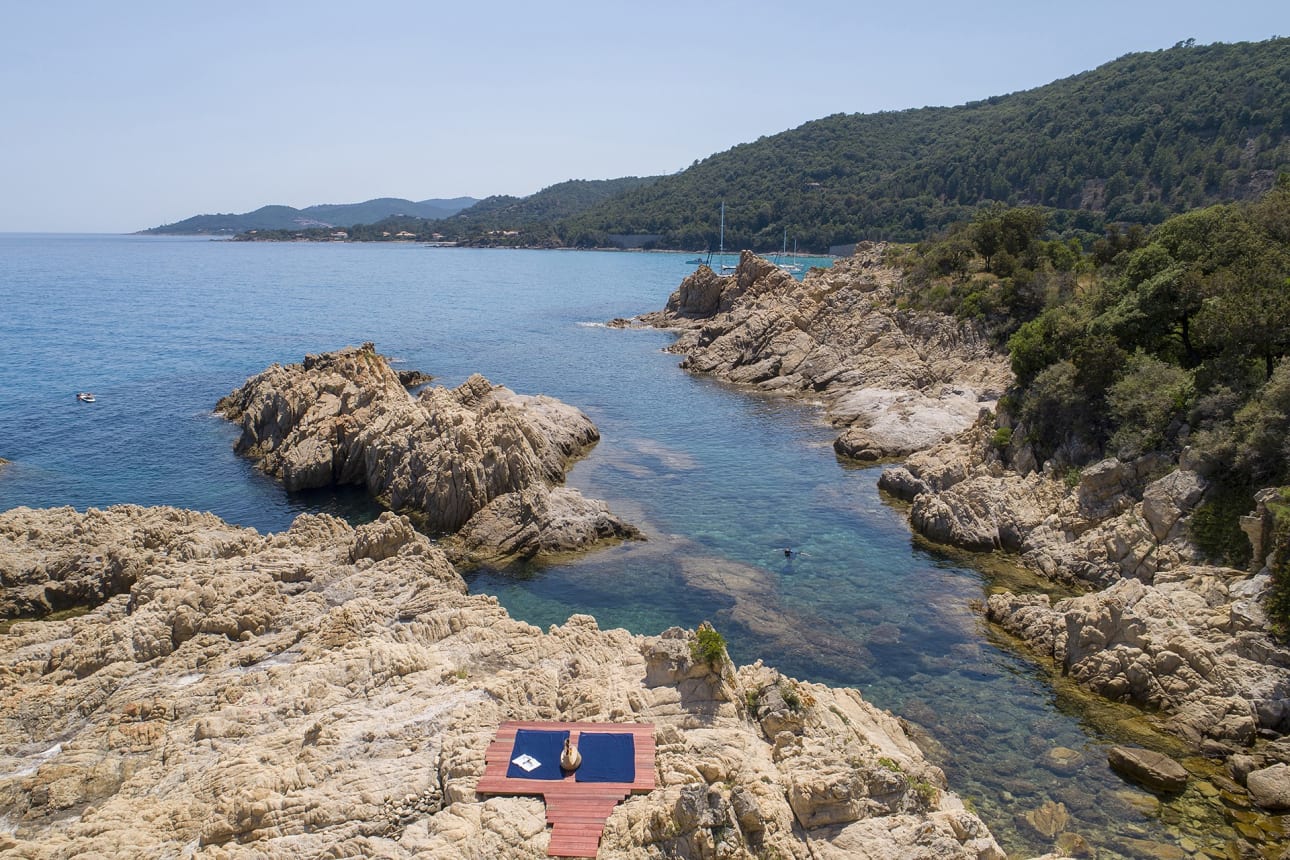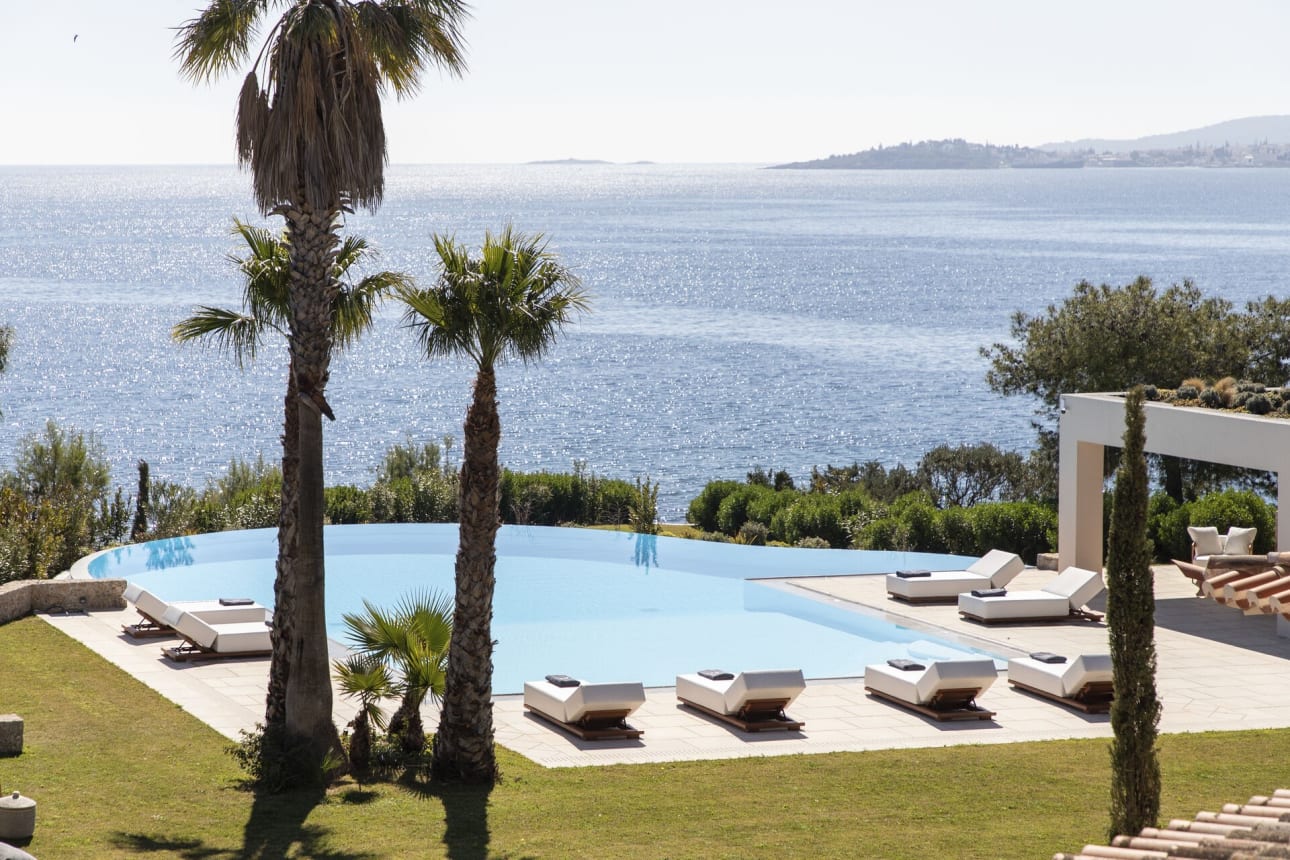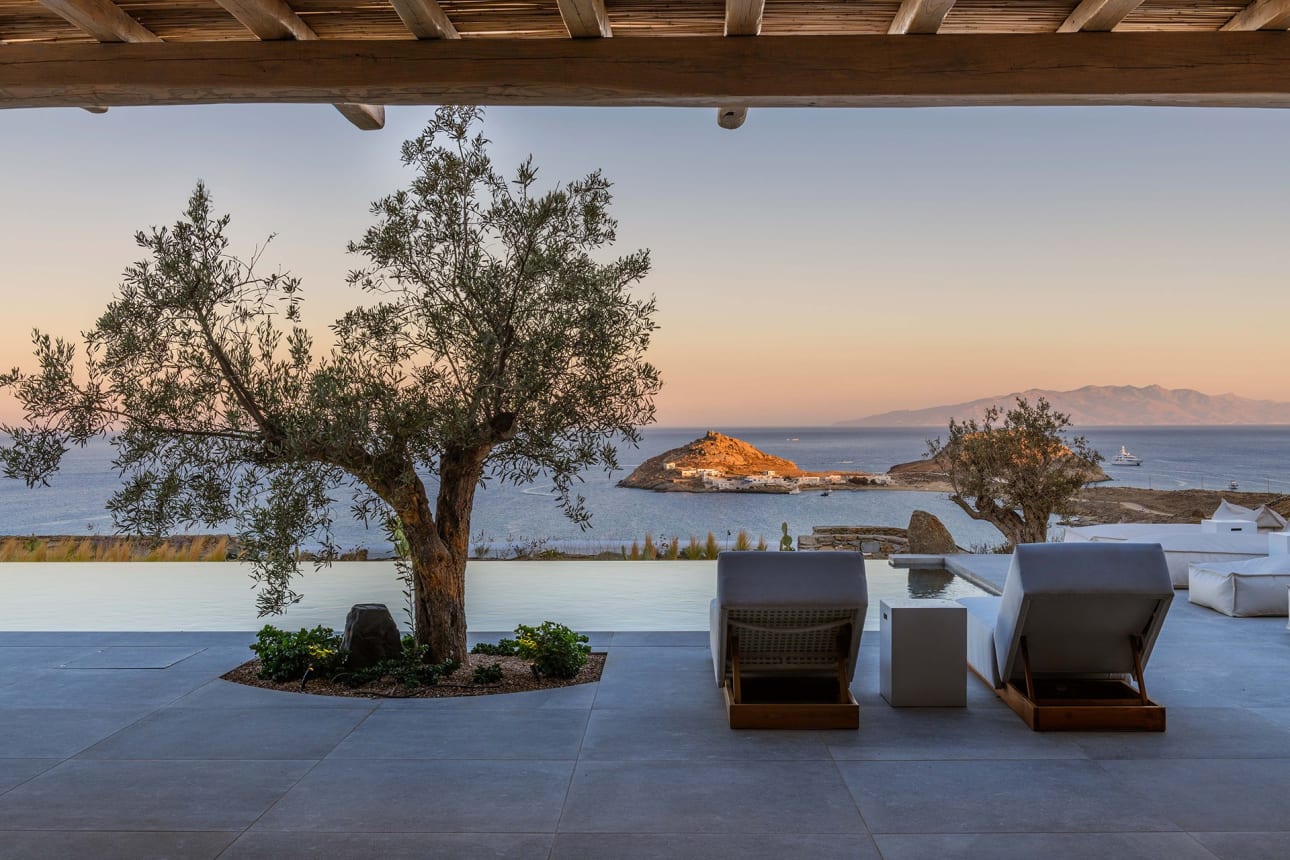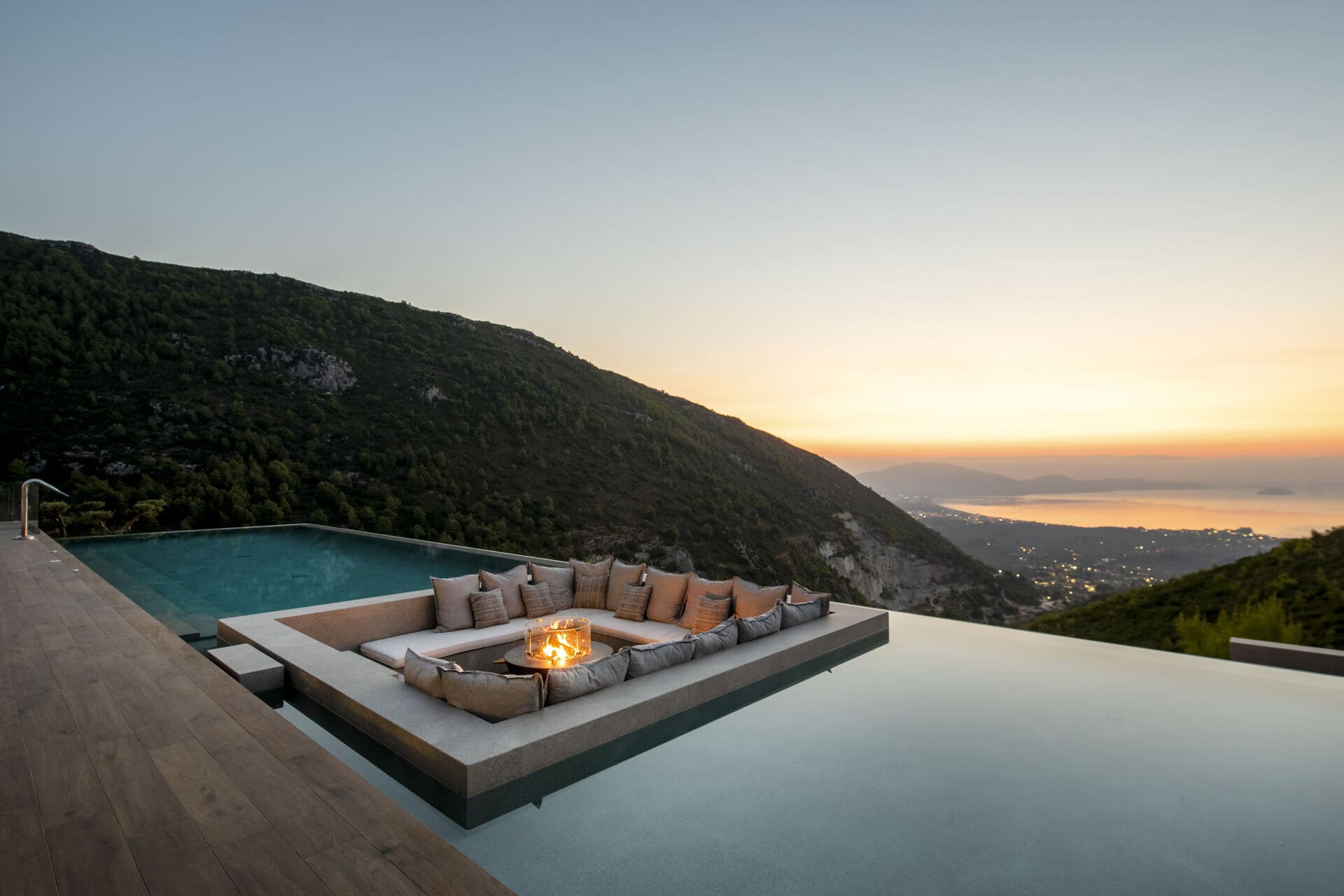A brief history of Corsica
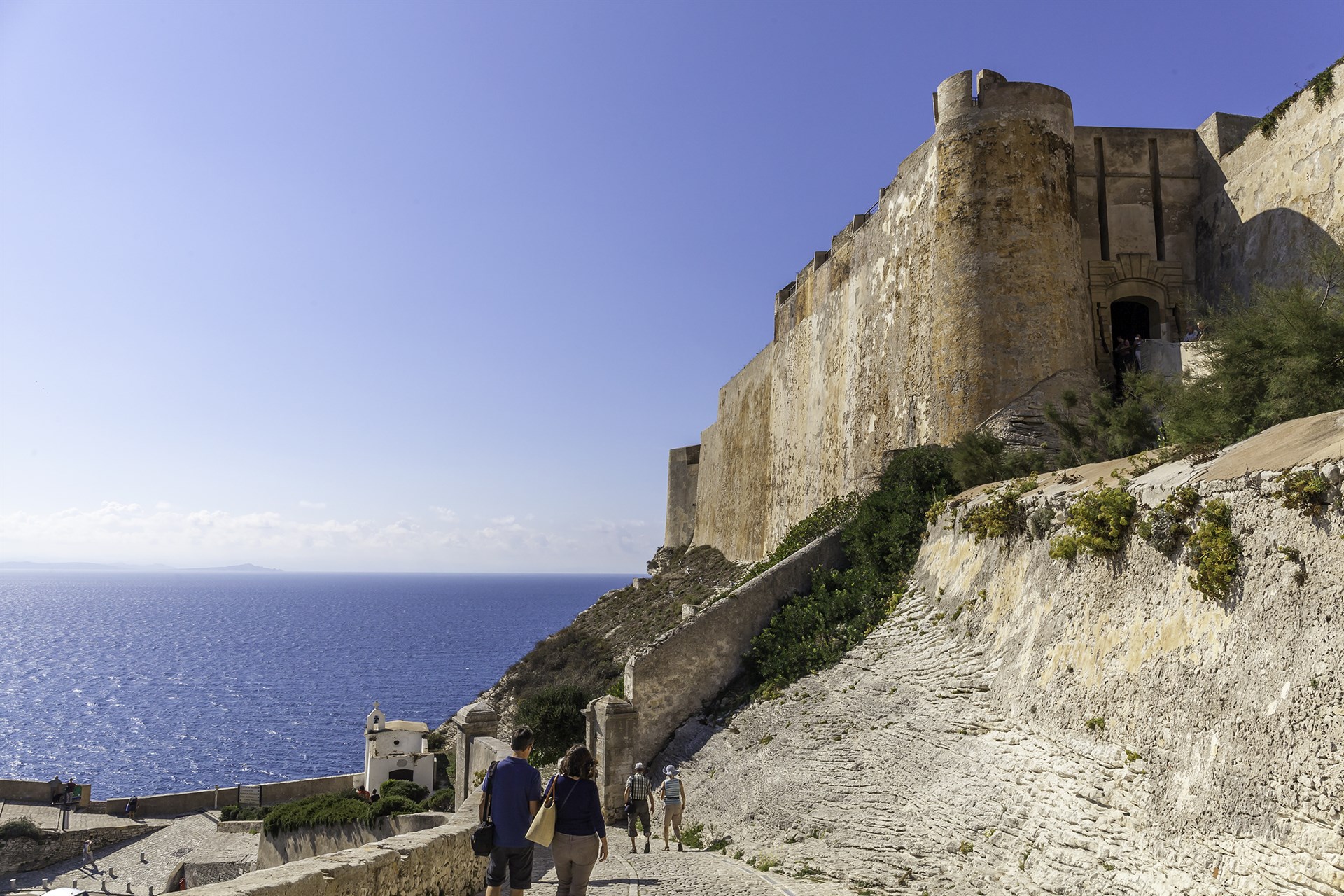
Corsica boasts a long, eventful and troubled history. Rarely has it ruled itself, and often has it been fought over. The many powers that conquered Corsica ruled it without particular regard for its people or its prosperity. It has frequently been neglected, considered a Mediterranean backwater and treated with indifference. Its varied, multifaceted history has, however, left it with a wealth of treasures, including megalithic archaeological sites, impregnable fortresses, picturesque towns, gastronomic delights and rich cultural identity. Its inhabitants are proud of where they’ve come from, at ease with who they are and fiercely protective of their unique island home.
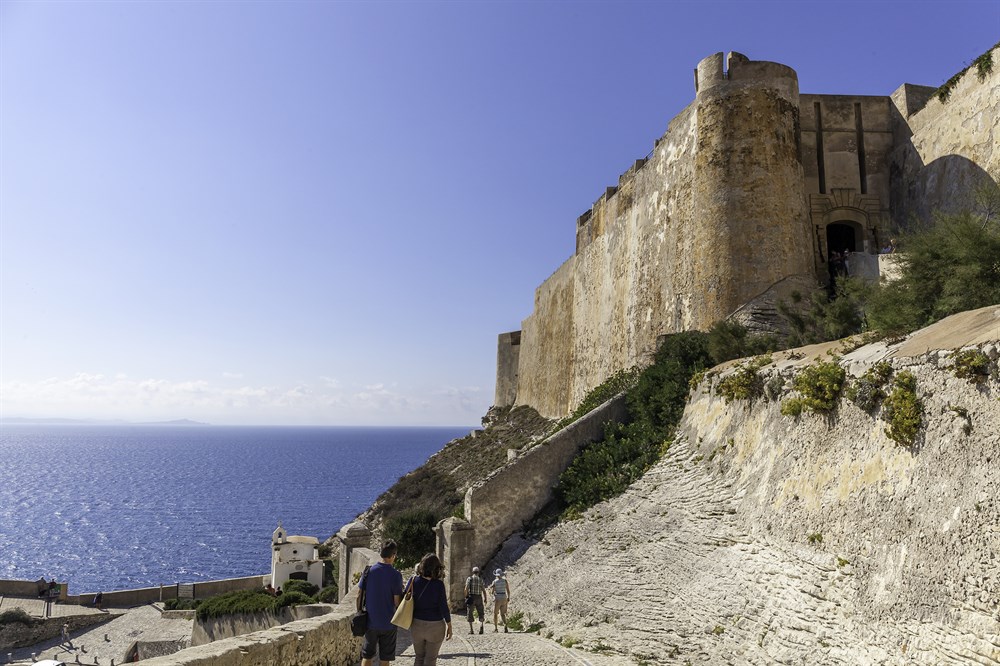
A brief timeline
Here’s a timeline of the events that have made Corsica what it is today.
6,000BC – the megalithic archaeological site of Filitosa testifies to the presence of settlements in Corsica at least 8,000 years ago.
c. 1,900BC – the Torrean civilisation establishes settlements south of Ajaccio. Named after their penchant for building towers, they eventually disappeared in around 600BC.
566BC – Greek colonists found Alalia but Carthaginians and Etruscans retain control of most of the island.
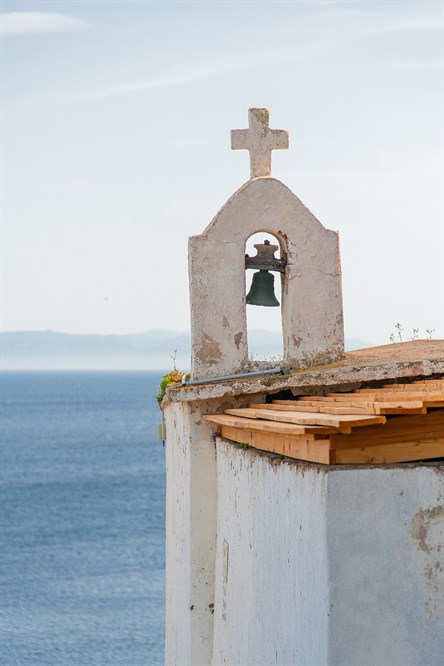
260BC – with the end of the First Punic War, Corsica becomes a Roman province, along with neighbouring Sardinia. The Romans exploit the island for its iron and wood, plant vines and extend the salt marshes. The Greek town of Alalia becomes an important Roman colony under the name Aléria.
430AD – with the Roman Empire in terminal decline, the Vandals attack and take over the island.
522AD – Corsica becomes part of the Byzantine Empire for a brief time, but is repeatedly attacked by the Vandals, the Ostrogoths and the Lombards. Chaos reigns.
c. 725AD – the Lombards finally take control of Corsica, but not for long.
774AD - Charlemagne conquers Corsica and incorporates it into the Holy Roman Empire. It remains under Frankish control, with brief interludes of Lombard rule until the end of the 11th century.
1077 – after years of anarchy, in-fighting between the island’s noble family and wars between the Genoese and the Pisans, Corsica is transferred to the Papal States.
1090 – the Pope grants the administration of Corsica to Pisa and so begins almost two centuries of Tuscan influence, the effects of which still survive today in the language, the food, and the way of life. Corsica is divided between the Tuscany-facing east, the so-called Banda di Dentro (or Cismonte), and the western-facing Banda di Fuori (or Pomonte). While the east side of the island thrives, the west remains isolated and relatively backward.
1282 – although Corsica has been under Pisan control, the Genoese have continued to attack the island regularly. Finally, in 1282, the Genoese deal the Pisans a fatal blow at the Battle of Meloria and take control of the island. They hold rule continue until 1450, though the legitimacy of their power is contested by successive Kings of Aragon.
1450 – in a hitherto unheard-of move, Genoa cedes Corsica to its main creditor, the Bank of St. George.
1553 – Corsica is invaded by a combined French and Ottoman fleet, but the great Genoese admiral Andrea Doria wins back the island. By the terms of the Peace of a Cateau-Cambresis in 1559, Corsica is restored to Genoa. It is following this event that the Genoese build a large number of towers along the coast to defend the island against marauding pirates.
1729 – the Corsicans revolt against their Genoese overlords, a struggle that will last for around 40 years before being fully resolved.
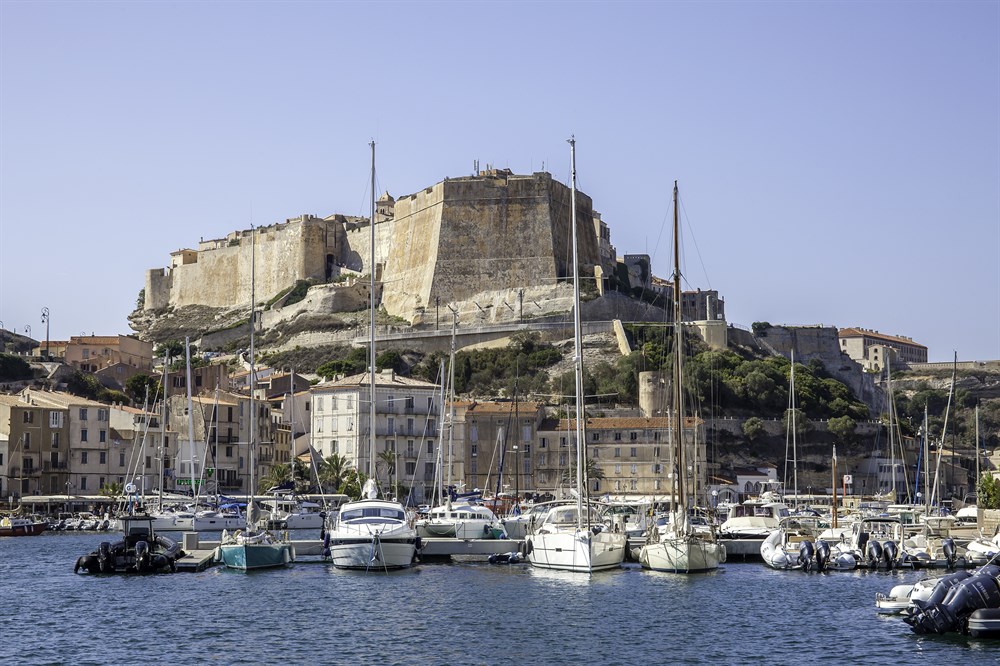
1755 – the Corsican Republic, led by Pasquale Paoli, is proclaimed. Pockets of the island, including the fortress towns of Calvi and Bonifacio, remain under Genoese control, however.
1769 – Corsica is conquered by France, who had bought the island from the Genoese in 1767. This purchase, an illegitimate act in the eyes of the Corsican Republic, is validated in the Treaty of Versailles of 1768.
1769 - Napoleon Bonaparte is born in Ajaccio.
1789 – Corsica is officially incorporated into France
1794 – Pasquale Paoli, erstwhile leader of the Corsican Republic, returns from exile in Britain and the Anglo-Corsican Kingdom is established. After two years, however, the British pull-out and French rule resume.
1797 – Napoleon Bonaparte becomes First Consul of the French Republic (technically the leader of France). He appears not to have much nostalgia or love for the island of his birth, however, and during his reign, Corsica is largely neglected.
1814 – As the Napoleonic Wars come to an end, Corsica is occupied by British troops but is returned to France once the monarchy has been restored.
1920 – a separatist movement calling for Corsican autonomy is founded. To confuse matters, another movement calls for annexation by Italy, a sentiment that becomes more popular after Mussolini seizes power in Italy.
1940 – Corsica is incorporated into Vichy France
1942 – Corsica is occupied by Italian and German forces
1943 – Free French forces liberate Corsica in October and the US establish numerous military air force bases there.
1958 - Opération Corse: French paratroopers from the Algerian corps land on Corsica as part of an army coup calling for the restoration of Charles de Gaulle as President of France. No fighting takes place, but the French government resigns on mass and De Gaulle duly becomes President of a new Republic.
1962 – Algeria wins independence from France and hundreds of thousands of "pieds-noirs" (people of French and European ancestry whose families have lived in Algeria for generations) move “back” to France. Around 18,000 are settled in Corsica, an act that stokes the slow-burning resentment of many islanders towards the French government. Other perceived slights lead to the formation of an increasingly popular nationalist movement whose military wing clashes repeatedly with the police and the French armed forces in the 1970s and 1980s.
.jpg)
